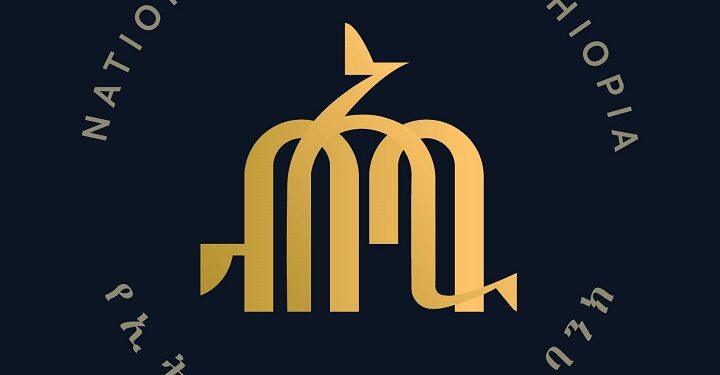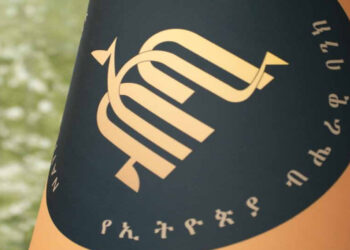Data from the National Bank of Ethiopia covering the first six months of the fiscal year reveal significant shifts in key economic indicators, particularly in inflation, exports, and market rates.
Inflation at a Five-Year Low
Inflation has seen a sharp decline, with the overall rate falling by 13.9 percentage points year-over-year, from 29.4% to 15.5%. Food inflation dropped by 16.6 percentage points, from 32.3% to 15.7%, while non-food inflation declined by 10.2 percentage points, from 25.3% to 15.1%. This marks the lowest inflation level recorded in five years, based on data for January 2025 compared to the same month the previous year.
Exports Show Mixed Trends
Gold and coffee exports have driven a significant rise in total exports. Gold exports increased by 735.2%, jumping from 161 million USD to 1.36 billion USD between July-December 2023 and the same period in 2024. Coffee exports also recorded a 60.0% rise, growing from 574 million USD to 918 million USD. As a result, total exports more than doubled, increasing by 104.3% from 1.6 billion USD to 3.3 billion USD. Despite this overall growth, the figures indicate that other export sectors have not matched the gains seen in gold and coffee.
Decline in Imports and Increase in Private Transfers
Total imports have decreased by 4.0%, from 8.99 billion USD to 8.63 billion USD. Meanwhile, private individual transfers through banks have risen by 23.3%, increasing from 1.48 billion USD to 1.83 billion USD. The rise in private transfers suggests a growing inflow of foreign currency, potentially from remittances.
Market Rates and Transactions
Treasury bill rates have fluctuated between 10% and 17%, showing variations in short-term government debt instruments. Inter-bank money market rates have also ranged between 12% and 18% over different weeks.
Inter-bank FX market transactions have continued to rise, reaching 148 million USD in January. Inter-bank money market transactions have expanded significantly, starting at 1.6 billion BIRR in the first week and reaching 183.3 billion BIRR by week twelve. The daily average FX sales by banks fluctuated between 22 million USD and 42.9 million USD from September to January.
The data also shows that private sector activity is increasing, with the National Bank of Ethiopia maintaining its policy rate at 15%.





















